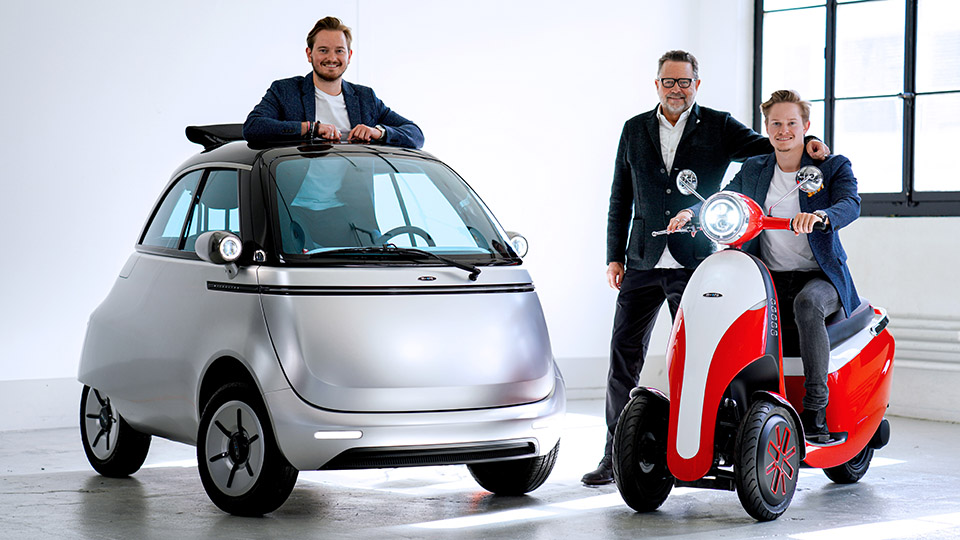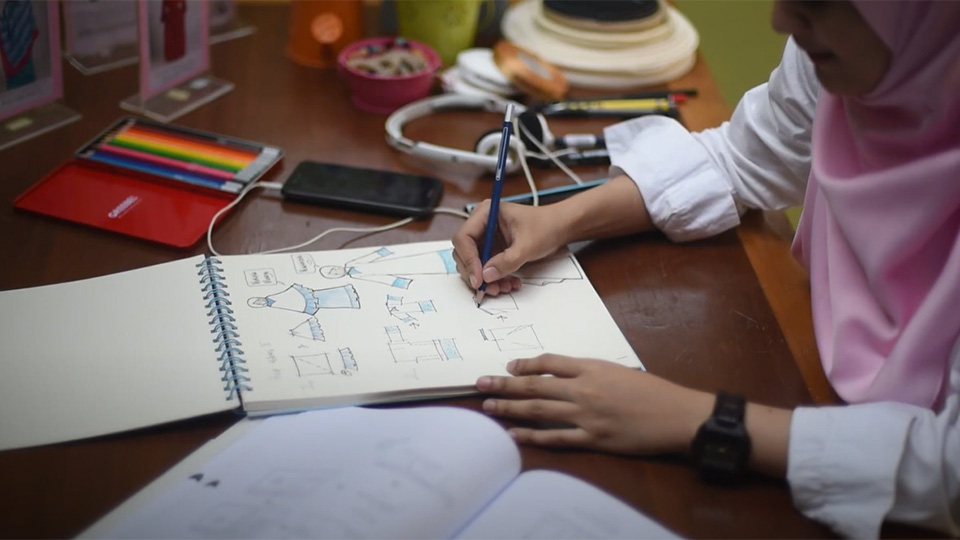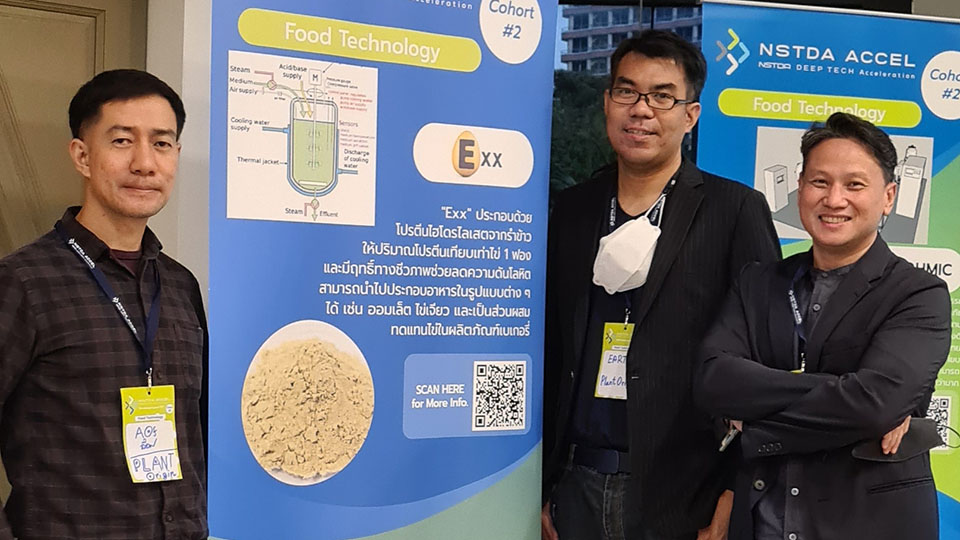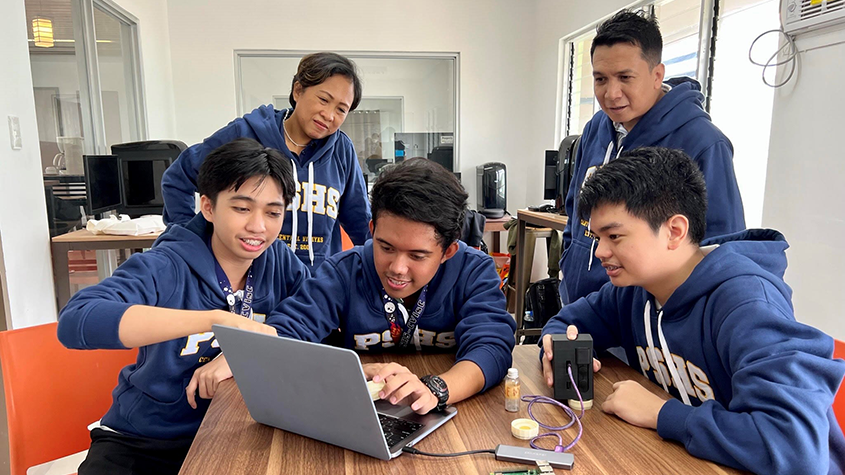Massage is one of humanity’s oldest medical practices, with written and painted depictions dating back over 3,000 years. And, unlike many other ancient therapies, massage is widely recognized by medical science as an effective treatment for a variety of conditions, including stress, muscle pain, poor circulation and high blood pressure. With the continued rise of desk-bound jobs and the associated health risks of sedentary occupations, massage is set to play an increasingly important role as a preventative medicine – maintaining good health while people are healthy, rather than waiting until they become unwell – and as an important tool in health management.
Applying medical and mechanical research to massage
Family Inada stands at the cutting edge of the ancient tradition of massage. Founded in 1962, Family Inada is a specialized manufacturer of massage chairs, a product rooted in the concept of preventative medicine. Over the past 60 years the company has applied medical and mechanical research to create increasingly sophisticated products, and it is renowned for its advanced technology and high added value.

Family Inada works in a competitive market. The massage chair was invented in Japan in 1954, and the country remains at the forefront of the product’s development. Panasonic, Fuji Medical Instruments and Daito Electric Machine Industry are other major massage chair manufacturers in Japan. All of Family Inada’s competitors have production bases overseas and have adopted strategies to reduce costs and expand sales channels.

Family Inada has a main factory in Daisen, in Japan’s southwestern Tottori Prefecture, and manufactures all its products in Japan. The company distinguishes itself from its competitors by positioning itself as the high-end choice for consumers, with quality production and state-of-the-art technology justifying its products’ higher price range. It has developed its own massage mechanism – a core device for the company – and has created technology capable of massage techniques and experiences comparable to professional masseurs.
Collaborations with luxury goods and services
Reflecting its widely recognized status as a producer of high-quality massage chairs, Family Inada has collaborated with a range of companies providing luxury goods and services. It worked with the Toyota Modellista International Corporation to develop an in-vehicle relaxation seat that was adopted as a mounting option for Toyota’s high-end full-size van, Alphard Vellfire “Royal Lounge”. With Kintetsu Railway Co. Ltd., Family Inada jointly developed a relaxation function for premium seats in the “Shimakaze” sightseeing express that connects Osaka Namba Station, Kyoto Station and Nagoya Station to Kashikojima Station in the southern Mie Prefecture.
Outside of transport, the company has also collaborated with GC, a comprehensive dental care manufacturer, to develop the “Felice”, which has obtained regulatory approval as Japan’s first dental unit(chair) with a massage function. Family Inada has also developed an automatic rocking bed for spas that uses light, sound, movement, air and heat to promote physical and mental relaxation.
An aggressive intellectual property strategy
Underpinning the company’s success over the past two decades has been an aggressive intellectual property (IP) strategy. Family Inada is a medium-sized company with 125 employees (as of February 2022), but it has a legal patent office with expert staff. This office, which is under the direct control of the company’s founder and president, Nichimu Inada, is responsible for Family Inada’s IP.
Inada’s prioritization of IP stems from his experience of a patent proceeding back in 2001. Citing the “doctrine of equivalents”, the plaintiff in the case requested pay about JPY 3,660 million (approximately USD 30 million at the time) for damages related to the infringement of five patents, an injunction against the manufacture and sale of the product in question, disposal of the product and compensation for a delay in payment. In many jurisdictions, the doctrine of equivalents holds that a product or process may be considered to infringe on an existing patent even if it falls outside the literal scope of the patent claim. In this case, The Tokyo District Court ruled that the damages tolerated was about JPY 1,550 million. Eventually, at the appeal hearing, four of the five patents covered were invalidated, significantly reducing damages to about JPY 10 million. Even so, Inada realized the risk of patent infringement. Since then, he has been keenly aware of the importance of a meticulous IP strategy and has actively worked on his company’s IP strategy.
Conditions for establishing the doctrine of equivalents in Japan:
- Different components are not essential in the patented invention.
- The purpose of the patented invention can be achieved even if it is replaced with a different component, and the same effect can be produced.
- A person having ordinary knowledge in the field of the patented invention can easily come up with the idea of replacing a component at the time of replacement.
- The replaced component is not a technology that is publicly known at the time of filing the patent application.
- The replaced component is not something that can be easily conceived at the time of filing a patent application.
- There are no special circumstances (for example, when a patented invention is intentionally excluded from the “claims” when filing a patent application).
These changes marked a shift to an aggressive IP strategy that includes domestic and overseas licensing and patent infringement proceedings at home and abroad. The legal patent office’s four full-time colleagues, led by Daisuke Shinomiya, earn hundreds of millions of yen for Family Inada each year by exercising the company’s IP rights through licensing fees and patent infringement lawsuits, even during global recessions such as the 2008 financial crisis. The team’s expertise allows them to quickly apply for patents, designs and trademarks in-house without the need of a patent attorney.
Compared to its competitors, Family Inada ranks third after Fuji Medical Instruments and Panasonic in terms of the total number of registered patents and valid pending patents before the acquisition of rights. However, for patent applications filed in the past 10 years it ranks first, reflecting its reinvigorated IP strategy and ambition to be at the leading edge of massage chair technology.

Award-winning use of the intellectual property rights system
The company’s understanding of the power of IP can be seen throughout its business. For example, rather than make all its IP assets exclusive, Family Inada has adopted an “open and closed strategy.” While the basic patents are open and licensed to competitors, patents for advanced technologies, such as massage mechanisms that reproduce the touch of human hands and products that incorporate artificial intelligence (AI) or connect to the Internet of Things, are monopolized to maintain competitiveness. The company also actively solicits new ideas from its employees and runs an in-house contest called “idea festival”, to encourage creative solutions from within the company.
Family Inada’s legal patent office also uses IP evaluation and analysis to shape business decisions. To help management fully understand the company’s IP portfolio and strategy, they create the concise radar charts for each patent held by the company, evaluating the patents’ appeal for sales, versatility, remaining period and implementation results. An accompanying explanatory booklet, produced annually, also serves as a patent inventory. Competitors’ IP portfolios are subjected to similar scrutiny. Every year, the legal patent office compares Family Inada’s IP against that of other companies and analyzes patent validity and potential infringement of its products and those of its competitors.
The detailed and energetic work of Family Inada and its legal patent office was recognized in 2021 when the company received the “Award for Excellent Companies Utilizing the Intellectual Property Rights System”, one of the Commissioner of Japan Patent Office Awards for Intellectual Property Achievement.
Performance and IP finance
Family Inada’s IP strategy contributes to a strong financial base. At the end of March 2021, the company retained earnings exceeding JPY 7 billion and saw its equity ratio reach about 70%. This was despite a difficult fiscal year ending in March 2020, when the spread of COVID-19 significantly reduced opportunities for face-to-face sales at home electronics mass retailers, and a deficit of over JPY 2 billion was recorded.

Family Inada pairs this strong financial performance with a policy of providing financial institutions (e.g., banks), which may lack in-house expertise on IP, with detailed and carefully explained information on its IP. For example, Inada’s patent office had shared the hefty infringement court case with a financial institution from the beginning of legal dispute. This reduces the likelihood that a financial institution will encounter negative surprises when analyzing Family Inada’s financial performance – surprises that would damage the credibility of the company.
Promoting healthy and productive workplaces
Family Inada’s IP supports not only strong financial performance, but the company’s goal of promoting massage as a preventative medicine and an important component of health management. Its “Shoulder Pro” massage chair, for instance, is being introduced to offices in Japan. This product features a bespoke motor jointly developed with Nidec Corporation and a program that measured the acupressure of over 100 professional masseurs. The result is an AI-equipped massage chair that can achieve medical effects such as recovery from fatigue and improvement of stiff shoulders in three minutes. By installing the “Shoulder Pro” in a workplace and encouraging staff to experience a tailored massage powered by AI, Family Inada hopes to promote recovery from workplace fatigue, maintain good health and improve productivity. To make massage more accessible to office workers, it leases its products to companies for a monthly fee of JPY 4,950 (approximately USD 40).
- Health management means thinking about employee health from a management perspective and implementing solutions strategically. From a corporate perspective, investing in employee health brings numerous benefits, including increased employee vitality, creativity, communication and productivity, resulting in improved business performance.
- Health management has been promoted by Japan’s Ministry of Economy, Trade and Industry as a way of realizing the country’s Economic Revitalization and Growth Strategy. This strategy includes “extending the healthy life expectancy of the people” as one of its goals.
- Globally, health management can contribute to the United Nations’ Sustainable Development Goal (SDG) 3, which calls for healthy lives and wellbeing, and SDG 8, which highlights the need for decent work and economic growth.
By pushing the boundaries of massage technology, and by encouraging businesses to improve access to massage, Family Inada hopes to keep making positive contributions to health management and preventative medicine. To achieve this, the company knows it must continue to pursue its ambitious and carefully managed IP strategy.



